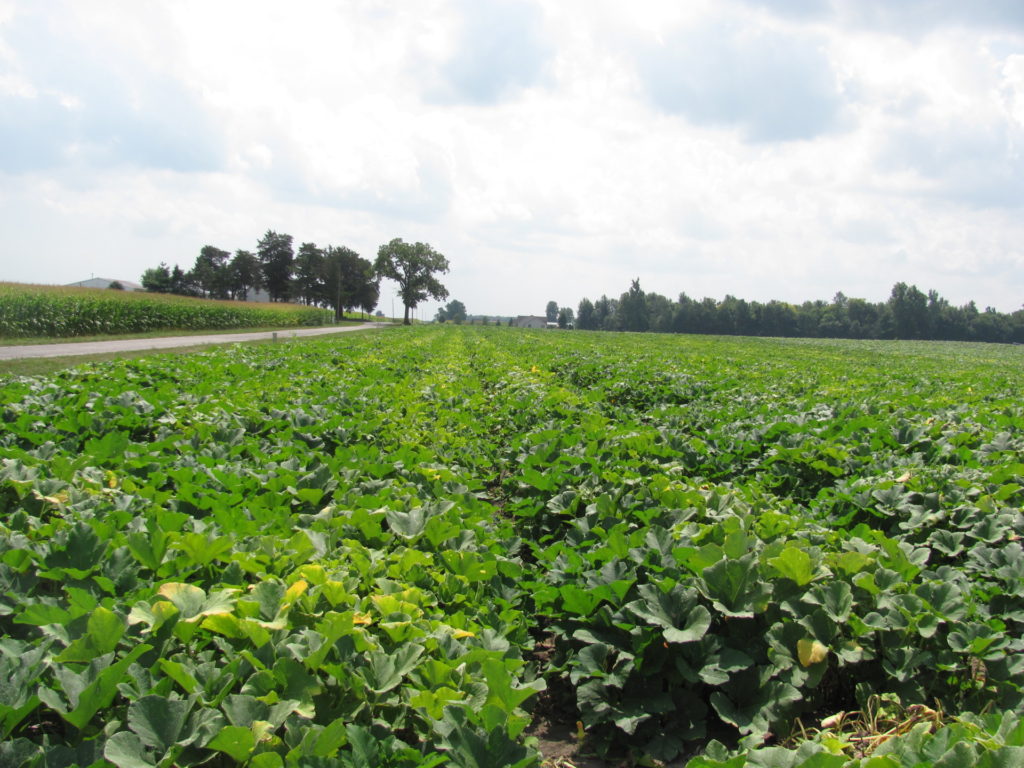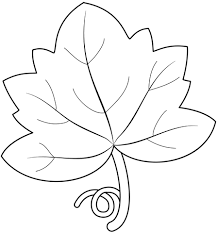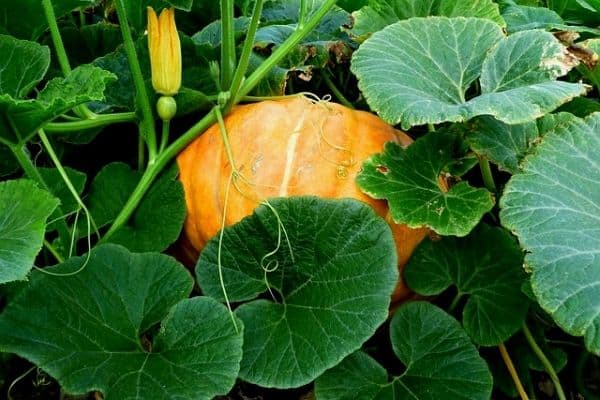The pumpkin plant is a type of vine that is native to North America, and it is widely cultivated around the world for its tasty fruit. Pumpkin leaves, also known as pumpkin plant leaves, are an important part of the pumpkin plant. These leaves are responsible for photosynthesis, the process by which the plant converts sunlight into energy.
Pumpkin leaves are typically green, but some varieties may have variegated leaves with splashes of yellow or white. The leaves are large and lobed, with a rough texture and a slightly bitter taste. They grow directly from the stem of the plant and are usually attached to the stem by a long, thin petiole.
Apart from their role in photosynthesis, pumpkin leaves also serve an important function in the life cycle of the pumpkin plant. As the plant grows, the leaves help to support the weight of the fruit, which can be pretty heavy. The leaves also help to protect the fruit from damage, such as from pests or disease.
Pumpkin leaves are edible
One interesting fact is that pumpkin leaves are edible and often used as a leafy green vegetable in certain cultures, particularly in Asia, Africa, and South America. They have a slightly bitter taste and rough texture and are typically cooked before being eaten. Pumpkin leaves are rich in nutrients such as vitamins A and C and minerals like iron and calcium. They are also a good source of fiber, which can help with digestion.

There are many ways to prepare pumpkin leaves for eating. They can be boiled, steamed, or sautéed and added to soups, stews, and other dishes as a tasty and nutritious ingredient. Pumpkin leaves can also be used raw in salads or juiced and added to smoothies.
It is important to note that while pumpkin leaves are generally safe to eat, they may cause digestive issues for some people if consumed in large amounts. It is always a good idea to start with a small serving and see how your body reacts before consuming larger quantities.
Pumpkin leaves have numerous uses beyond the pumpkin plant in the kitchen. Pumpkin leaves are also a natural remedy for certain health conditions, such as skin irritation or constipation, making them a versatile and useful ingredient to have on hand. Whether you are growing pumpkins for their fruit or simply enjoying the leaves as a delicious and nutritious addition to your diet, pumpkin leaves are definitely worth trying.
There are many ways to incorporate pumpkin leaves into art projects. Here are a few ideas:
- Use pumpkin leaves as a natural dye: Pumpkin leaves contain pigments that can be used to create natural dyes for fabrics and other materials. To create a dye, simply boil a large batch of fresh pumpkin leaves in water for about an hour, then strain the liquid and use it to dye fabrics or other materials.
- Create a pumpkin leaf print: Place a fresh pumpkin leaf on a piece of paper, then press down on the leaf with a roller or other tool to create a print. You can also use paint or ink to create more detailed prints.
- Make a pumpkin leaf collage: Collect a variety of different pumpkin leaves, then arrange them in a collage on a piece of paper or canvas. You can use glue or other adhesives to hold the leaves in place.

4. Use pumpkin leaves as a stencil: Cut out a pumpkin leaf shape from a piece of paper or cardstock, then use it as a stencil to create a pattern or design on a piece of fabric or other material.

5. Press pumpkin leaves: Dry fresh pumpkin leaves by placing them between sheets of paper and pressing them under a heavy object. Once the leaves are dry, you can use them in crafts or display them as a natural decoration.
Pumpkin leaves are a versatile and interesting material to use in art projects, and they can add a natural and colorful element to your creations.
